@startjson keyword@endjson keyword.
|
🎉 Copied!
|

|
🛈 If you are looking for how to manipulate and manage JSON data on PlantUML: see rather Preprocessing JSON.
|
🎉 Copied!
|

|
|
🎉 Copied!
|

|
|
🎉 Copied!
|

|
[Ref. QA-15756, GH-1393]
|
🎉 Copied!
|
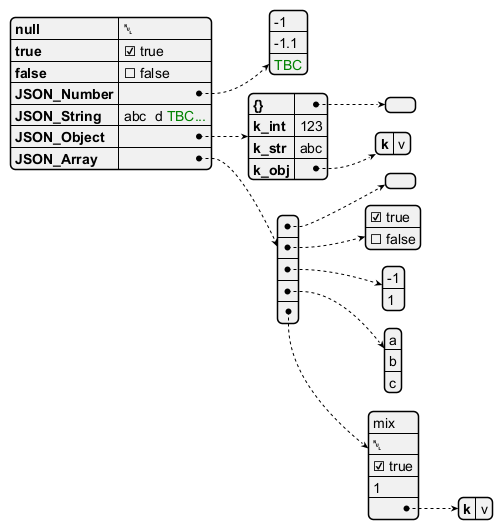
|
|
🎉 Copied!
|
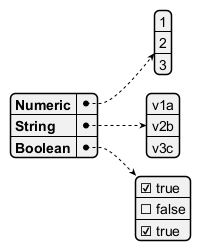
|
|
🎉 Copied!
|
|
|
🎉 Copied!
|
|
|
🎉 Copied!
|

|
|
🎉 Copied!
|
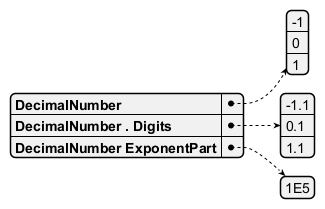
|
\uXXXX.
|
🎉 Copied!
|
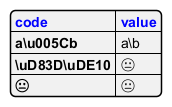
|
|
🎉 Copied!
|
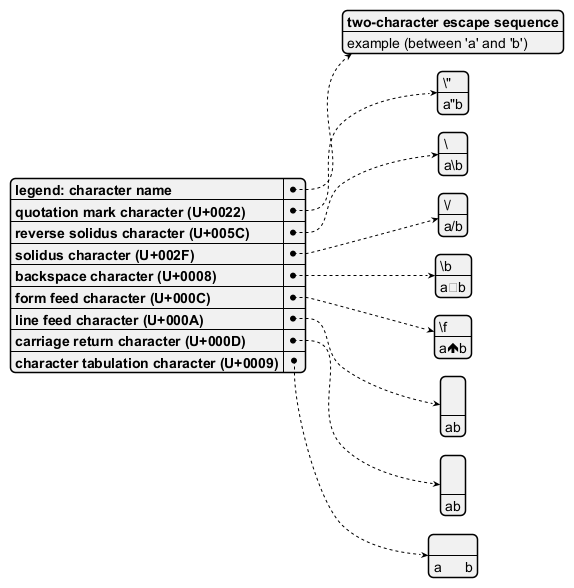
|
\n management in PlantUML 😉
See Report Bug on QA-13066
|
🎉 Copied!
|

|
|
🎉 Copied!
|
|
|
🎉 Copied!
|
|
|
🎉 Copied!
|
|
(Examples come from STD 90 - Examples)
|
🎉 Copied!
|

|
[Ref. QA-14397]
|
🎉 Copied!
|
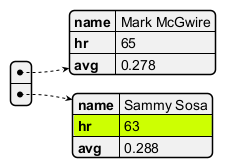
|
|
🎉 Copied!
|
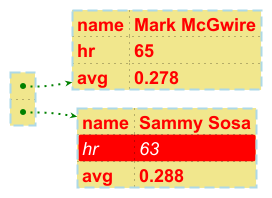
|
[Adapted from QA-13123 and QA-13288]
|
🎉 Copied!
|
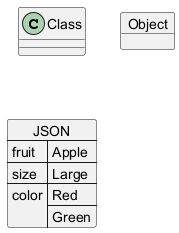
|
[Ref. QA-15481]
|
🎉 Copied!
|
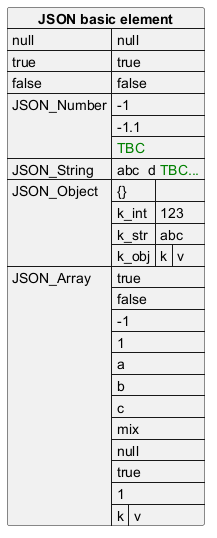
|
|
🎉 Copied!
|
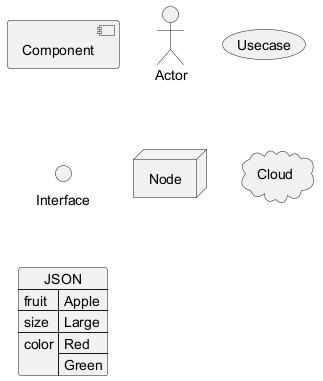
|
[Ref. QA-15481] Complex example: with arrow
|
🎉 Copied!
|
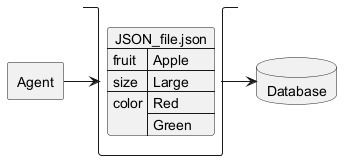
|
|
🎉 Copied!
|
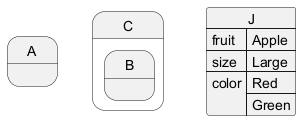
|
[Ref. QA-17275]
|
🎉 Copied!
|
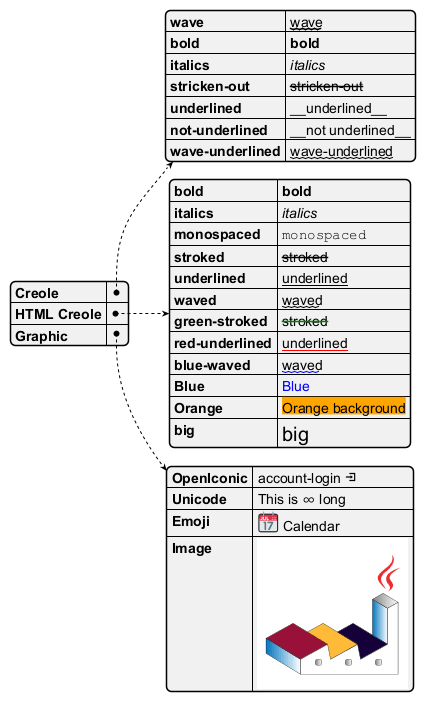
|